Picolit
Picolit is perhaps the oldest native of Friuli. It is a white berry grape that suffers from millerandage: that is, few grapes ripen in the bunch. Picolit, which therefore produces little and small fruit, is mainly used for drying, which further reduces the yield and increases its prestige. Known since Roman times, it has been documented in the area since the 17th century, and in the 18th century it was sold at a high price because it was considered the only valid European alternative to Tokaji. After phylloxera, it risked extinction, but it was also saved thanks to its extraordinary qualities. The few berries that are saved from millerandage, in fact, are very rich and concentrated, and confirm its vocation for withering. The practice takes place in suitable rooms and usually picolit passito is pressed and vinified as a single variety; more rarely, in blends with verduzzo, which is quantitatively more reliable. The wines have a deep straw-yellow or moderately amber colour, with complex olfactory hints, wide but delicate hints of wild flowers, light caramel, almond, peach, chestnut, and on the palate has good structure, excellent freshness, elegant, with a sweetness which is usually contained, mainly suave/mild. It is especially characteristic of the Colli Orientali del Friuli, where it has a DOCG, and is excellent in the Rosazzo cru. It also expresses itself well as a dry wine, but generally in blends with other international or local varieties.

Dri Picolit 2015 (0.37 L)

Ronchi di Cialla Picolit di Cialla 2013 (0.5 L)
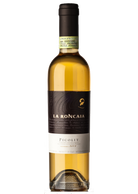
La Roncaia Friuli Colli Orientali Picolit 2016 (0.37 L)
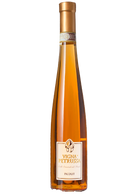
Vigna Petrussa Picolit 2015 (0.37 L)
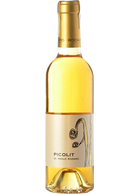
Paolo Rodaro Picolit 2012 (0.37 L)
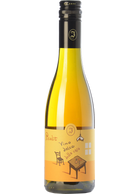
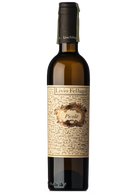
Livio Felluga Friuli Colli Orientali Picolit 2017 (0.37 L)
Picolit
Picolit is perhaps the oldest native of Friuli. It is a white berry grape that suffers from millerandage: that is, few grapes ripen in the bunch. Picolit, which therefore produces little and small fruit, is mainly used for drying, which further reduces the yield and increases its prestige. Known since Roman times, it has been documented in the area since the 17th century, and in the 18th century it was sold at a high price because it was considered the only valid European alternative to Tokaji. After phylloxera, it risked extinction, but it was also saved thanks to its extraordinary qualities. The few berries that are saved from millerandage, in fact, are very rich and concentrated, and confirm its vocation for withering. The practice takes place in suitable rooms and usually picolit passito is pressed and vinified as a single variety; more rarely, in blends with verduzzo, which is quantitatively more reliable. The wines have a deep straw-yellow or moderately amber colour, with complex olfactory hints, wide but delicate hints of wild flowers, light caramel, almond, peach, chestnut, and on the palate has good structure, excellent freshness, elegant, with a sweetness which is usually contained, mainly suave/mild. It is especially characteristic of the Colli Orientali del Friuli, where it has a DOCG, and is excellent in the Rosazzo cru. It also expresses itself well as a dry wine, but generally in blends with other international or local varieties.